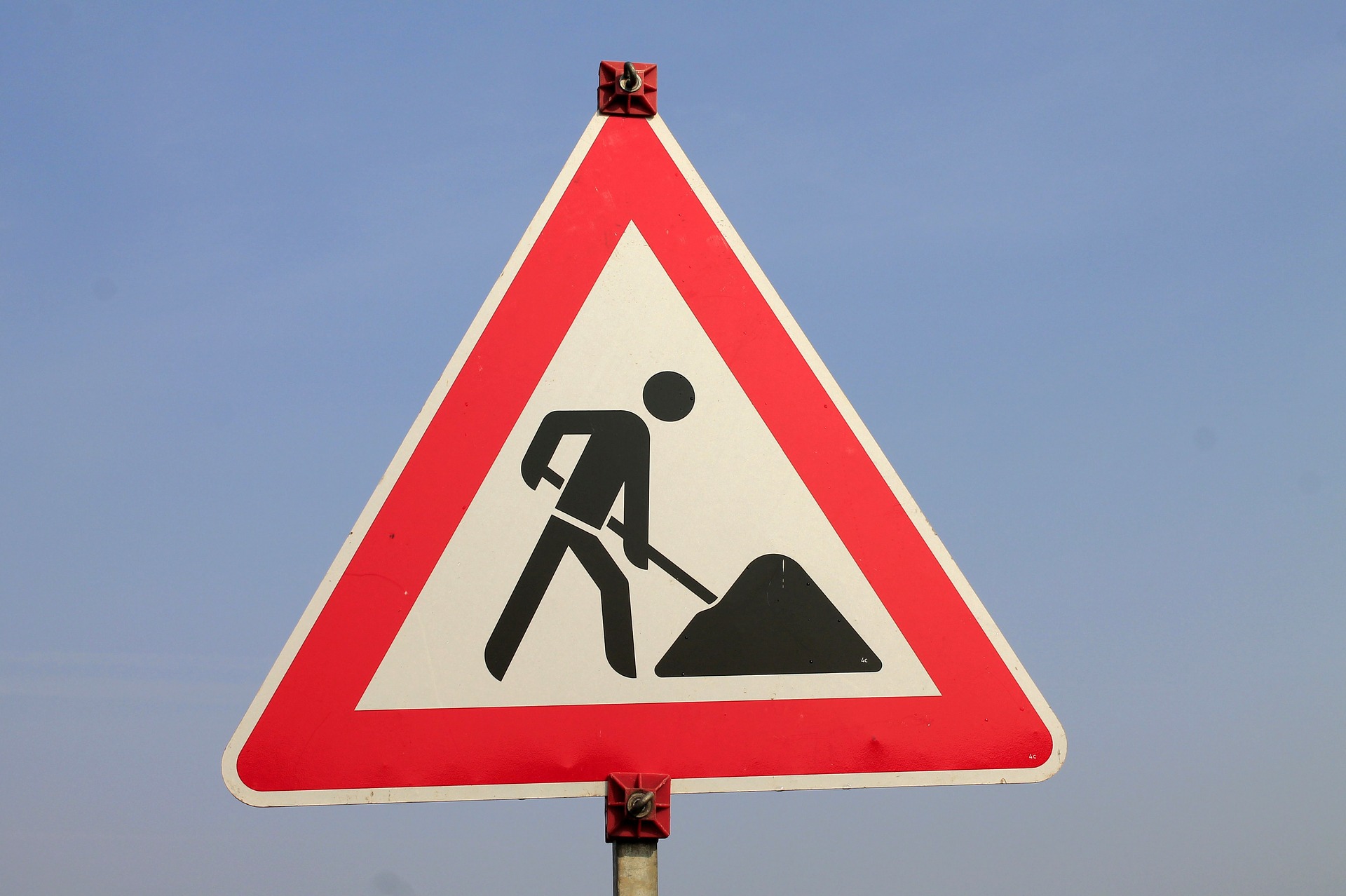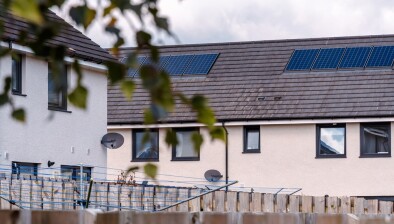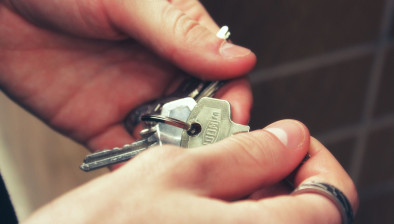New build completions dropped by 35% in Scotland in 2020

A total of 4,834 all-sector new build homes were completed in Scotland in the year to end December 2020, a decrease of 35% (7,839 homes) on the previous year, according to the latest Quarterly Housing Statistics published by Scotland’s chief statistician.
Decreases were seen across private-led completions (37% or 6,130 homes), housing association completions (32% or 1,389 homes) and local authority completions (20% or 320 homes).
The number of new build homes started across all sectors also decreased over the same period, with 17,883 starts, a decrease of 27% (6,680 homes) on the previous year. Private-led starts dropped by 32% (5,596 homes), local authority starts dropped by 41% (860 homes) and housing association approvals dropped by 5% (224 homes).
More up-to-date figures published as part of the UK House Price Index indicate that new build sales transactions have returned to pre-pandemic levels, with the number of transactions between January and July 2021 being broadly in line with monthly volumes in 2019. The 11,346 transactions in the year to end July 2021 is an increase of 18% (1,746 transactions) on the previous year.
The latest social sector new housebuilding figures show that 1,513 social sector homes were completed in the quarter from January to March 2021. This is an increase of 19% (246 homes) on the previous quarter, but a decrease of 22% (415 homes) on the quarter January to March 2020. This brings total completions for the year to end March 2021 to 3,785, a decrease of 33% (1,887 homes) on the previous year, when activity levels were affected by lockdown measures.
Separate quarterly statistics on the Affordable Housing Supply programme show that there were 2,094 affordable homes completed in the latest quarter, July to September 2021, bringing the total number of affordable homes completed in the year to end September 2021 to 8,792.
This is an increase of 20% (1,464 homes) on the previous year, with increases in the number of completions for social rent (by 15% or 802 homes), affordable rent (by 46% or 377 homes) and affordable home ownership (by 29% or 285 homes).
A total of 1,641 affordable homes were approved between July and September 2021, bringing the total number of approvals in the year to end September 2021 to 8,581, a decrease of 23% (2,626 homes) on the previous year. There were decreases in the number of approvals for social rent (down 28% or 2,545 homes), affordable rent (down 13% or 153 homes) but an increase in affordable home ownership (up 7% or 72 homes).
A total of 1,134 affordable homes were started between July and September 2021, bringing the total number of starts in the year to end September to 10,023. This is a decrease of 3% (351 homes) on the 10,374 homes started in the previous year, with decreases in the number of starts for social rent (down 8% or 631 homes) and affordable rent (down 5% or 77 homes), but an increase in the number of starts for affordable home ownership (up 40% or 357 homes).
Separate annual statistics show that as at September 2021, the number of long-term empty properties has decreased by 8% (3,567 properties) to 43,766. This follows on from an increase of 16% (6,370 homes) from 2019 to 2020, which was associated with the Coronavirus (COVID-19) pandemic.
Over the same period the number of second homes decreased by 2% (576 dwellings) to 23,890.
The Scottish Empty Homes Partnership (SEHP) has welcomed a fall in the number of long-term empty properties in Scotland but urged councils to make tackling empty homes a key part of their housing strategy, as numbers remain above pre-pandemic levels.
The Statistics also showed that the number of long-term empty properties fell by 7.5% compared to 2020 (47,333 to 43,766) but remain 6.5% higher than before the Covid-19 pandemic in 2019.
Six local authorities (Aberdeen City, Clackmannanshire, East Dunbartonshire, Highland, Renfrewshire, West Dunbartonshire) saw numbers of long-term empty properties rise with the remainder seeing falls in the last 12 months.
Other key statistics in the statistics published show:
- Number of homes empty for 6 to 12 months has gone down from 16,782 to 15,912 a decrease of 5.18%. However this is still 15.16% higher than pre-pandemic.
- Number of homes empty for more than 12 months has gone down from 30,551 to 27,854 a decrease of 8.83%. This means that the number of homes empty for more than 12 months is now 2.61% higher than pre-pandemic.
Shaheena Din, national project manager for Scottish Empty Homes Partnership, said: “It is encouraging that the number of long-term empty properties has fallen this year but it is a concern that the numbers remain higher than they were before the pandemic.”
“Councils across Scotland have done excellent work on returning long-term empty properties to use but must ensure that work is central to their wider response to housing supply challenges. Bringing empty homes back in to use is not a silver bullet but must be part of the solution and is one which brings additional benefits for local neighbourhoods and regional economies.”
The Scottish Federation of Housing Associations (SFHA) has said the figures demonstrate how “vital” it is that the Scottish Government increases investment for affordable housing in this week’s budget. With housing associations and co-operatives facing rising construction costs and supply chain issues, SFHA said, if the government doesn’t build on the financial support it has already committed to the social housing sector, it risks being unable to deliver its target of 110,000 affordable homes by 2032.
Aaron Hill, SFHA director of policy and membership, added: “Today’s figures demonstrate the serious impact that the pandemic had on housebuilding: the unavoidable pause in construction meant that the target to deliver 50,000 affordable homes by 2021 was missed. However, our members are now facing new pressures which are affecting their ability to deliver the affordable homes Scotland desperately needs.
“We welcome the Scottish Government’s ambition to deliver 110,000 affordable homes by 2032, as well as the investment of over £3.4 billion already announced for this parliament. But the cost of building homes is rising, and our members are increasingly experiencing supply chain issues. We are therefore calling on the government to build on the investment that it has already committed to the social housing sector. It is vital that funding meets increasing costs, so we can continue to tackle housing need and meet the government’s target.”
Nicola Barclay, Homes for Scotland (HFS) chief executive, commented: “The statistics are not a surprise. They are in line with the feedback we received from our members during 2020 and which we shared with politicians and officials over a year ago.
“The numbers are, however, depressing – not only in terms of the scale of recovery that will be required to return to pre-Covid levels after all the positive progress of recent years, but also in respect of the doubling of the time to publish this data, from six to 12 months.
“Ensuring up-to-date data is available is essential to supporting effective, evidence-based policy decision-making. It is only by regular, frequent monitoring of starts and completions that we can measure the success or otherwise of housing interventions. Whilst recognising the initial impact the pandemic had on data collection, we’re now almost 21 months into living with the coronavirus, and we would have expected Scottish Government to have adapted its working practices by now.
“This is one of the key points HFS has made to Finance & Economy Secretary Kate Forbes ahead of her Budget announcement later this week. It is vital that government at all levels is resourced sufficiently to work effectively and productively, even in light of the ongoing working from home arrangements.
“For example, it is practically impossible in some cases for our members to contact local authority staff, resulting in planning applications effectively being left in limbo as matters are left to drift. Planning relies on collaboration and communication, and staff working from home must be available to execute their duties effectively. Our members are important delivery partners and customers of this service but their ability to progress is being hampered.
“If this does not quickly improve, the housing statistics will continue to paint a bleak picture that does not reflect the actual need and demand for more homes that exists across Scotland.”
In response to the statistics, Shelter Scotland is calling for the Scottish Government to ensure the number of affordable homes are committed to in the next budget.
Reduced completion rates, alongside global supply chain issues, de-carbonisation costs, and post-Brexit skills shortages mean that overall housing supply and social housing delivery specifically, are under unprecedented pressure. Never before has the commitment to deliver 110,000 affordable homes, 70% for social rent, by 2032 been more important or at greater risk.
Alison Watson, director of Shelter Scotland, said: “This fall in social housing completions shows the stark impact that Covid has had on social housing supply and shows the importance of putting social house building at the centre of Scotland’s recovery from the pandemic.
“As we start to build again and restrictions change, it is vital that social housing is prioritised when it comes to skills and the supply of materials. That is why we wrote to the Cabinet Secretary asking for a new guarantee to deliver the homes needed to reduce affordable housing need in Scotland.”








